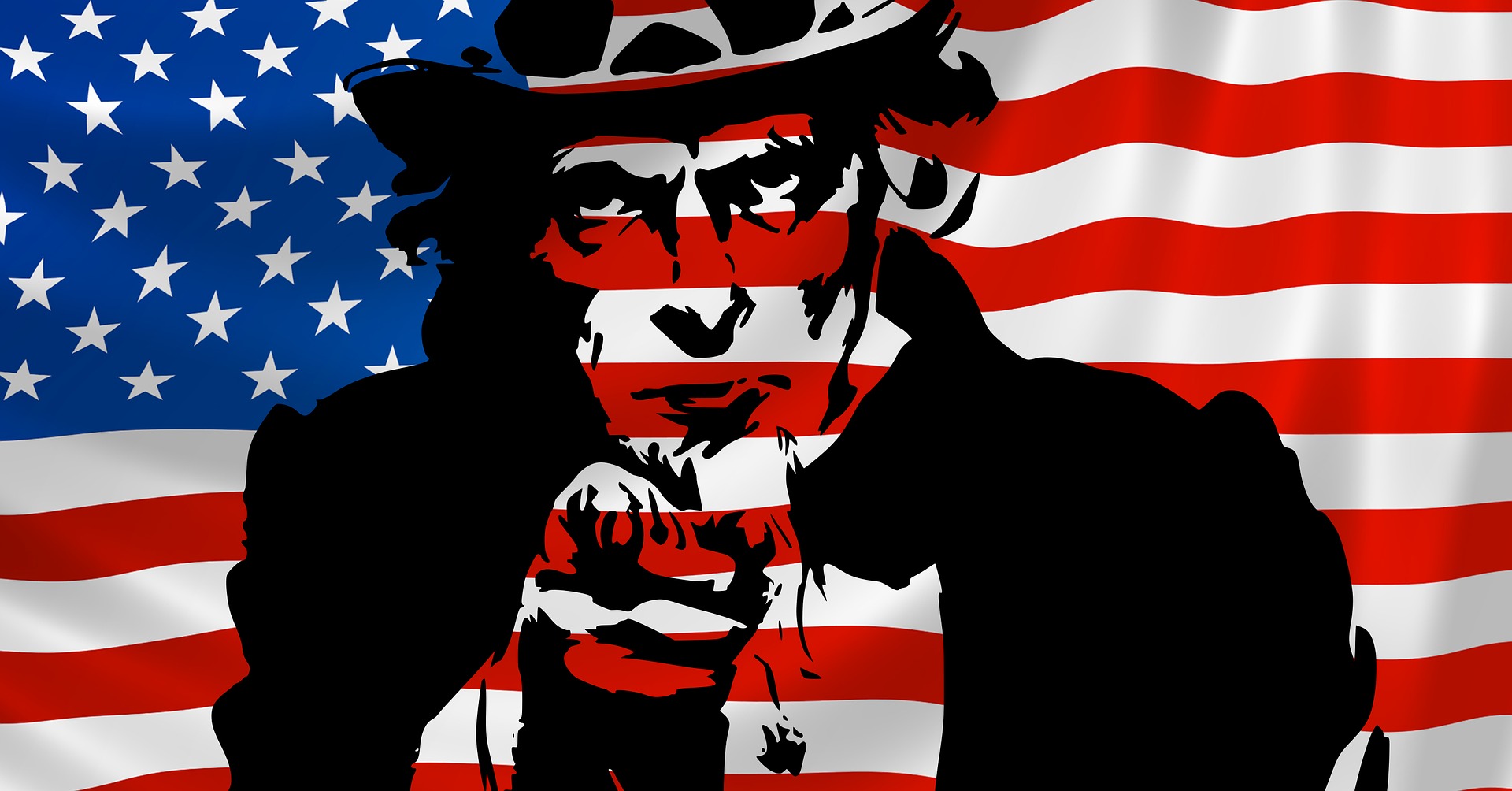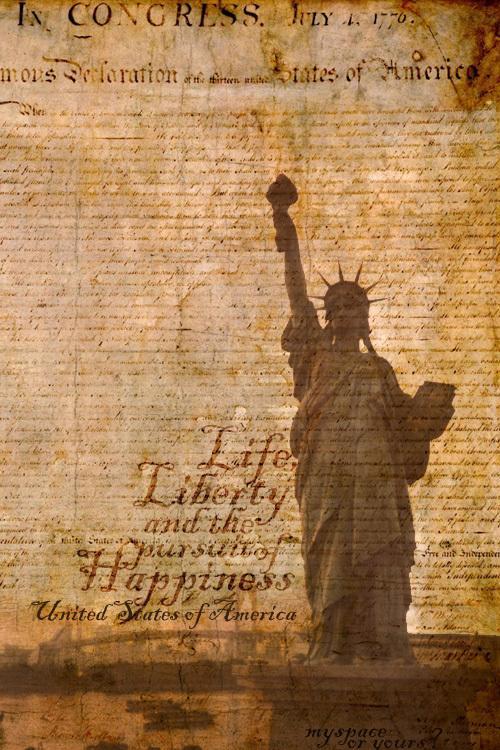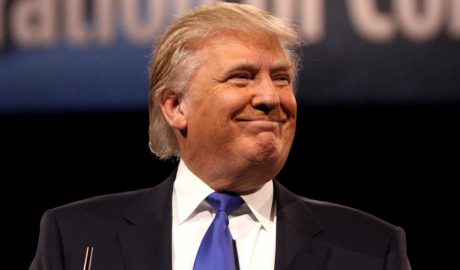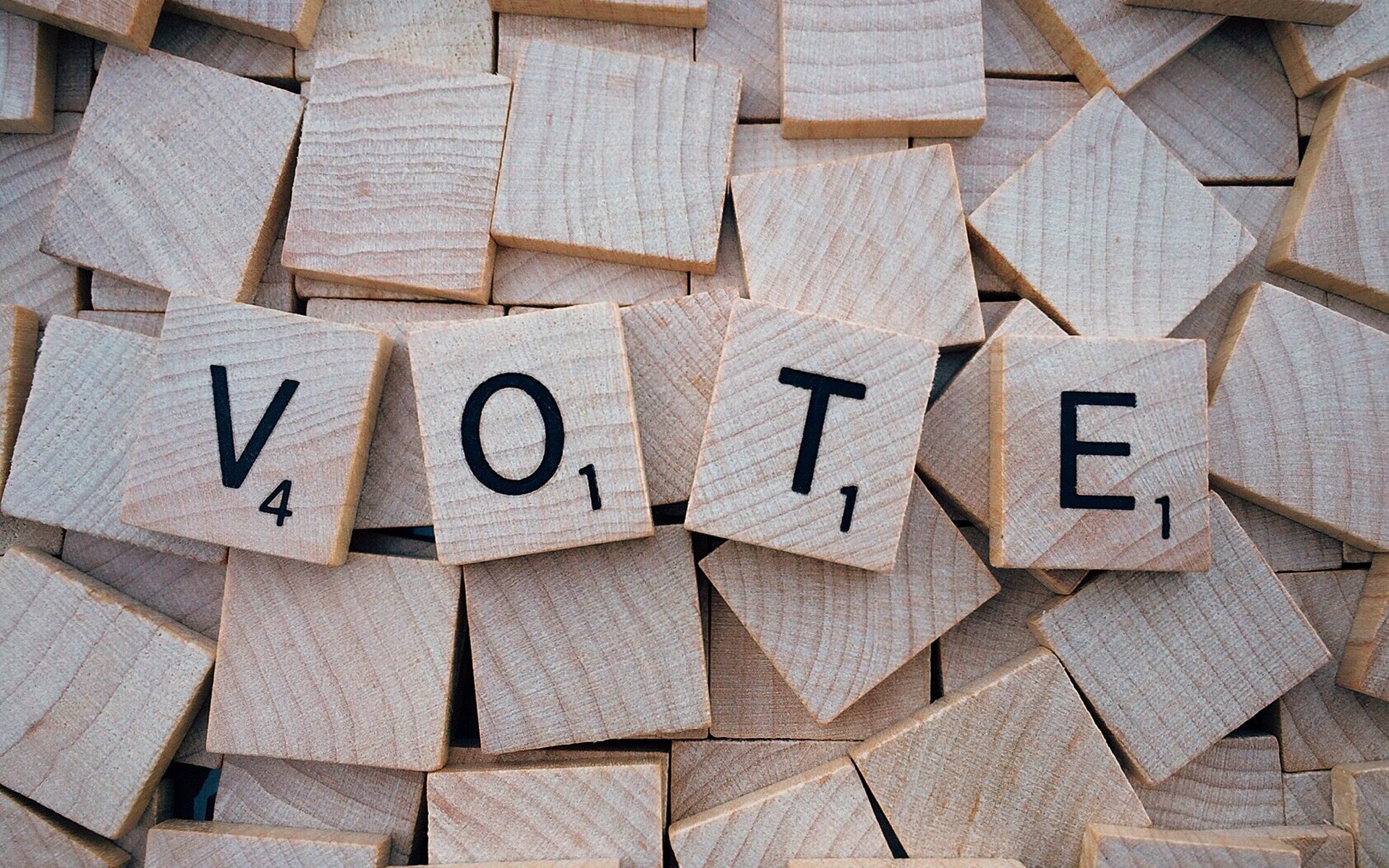Every four years, we go out as a nation and do our civic duty to elect a new President of the United States. Every four years the debate is sparked again over whether the Electoral College makes sense or has perhaps outlived its usefulness. The 2016 election makes the debate particularly poignant for most Americans because the candidate who won the Electoral College—and therefore is now President of the United States—did not receive the most votes. Not by a long, long shot. As a matter of fact, thanks to the Electoral College there are nearly 53 million voters whose choice was ignored.
Overview of the Electoral College
For those who may not know, let’s start with a (very) brief overview of what the Electoral College is. Some of the The Founding Fathers were apprehensive about giving too much power directly to average citizens—so they established the concept in Article 2, Section 1 of the Constitution of the United States. It specifies:
Each State shall appoint, in such Manner as the Legislature thereof may direct, a Number of Electors, equal to the whole Number of Senators and Representatives to which the State may be entitled in the Congress: but no Senator or Representative, or Person holding an Office of Trust or Profit under the United States, shall be appointed an Elector.
Essentially, when we all cast our votes we are not voting for a candidate for President. Instead, we are voting for the electors who will represent our respective states when the Electoral College meets to cast the real vote that actually determines who becomes President.
There is a total of 538 electoral votes. The math from Article 2 of the Constitution adds up to 535—there are 100 senators (two for each states) and 435 representatives (spread across the states in proportion to the population of the state based on the most recent census). There are three additional electoral votes that were granted to the District of Columbia, which has neither senators nor congressmen.
My vote math from here on out is going to be based on the vote counts found in this Politico post. There may be totals that are more complete, so the numbers may vary slightly, but these are good enough to get the point across and make my argument. I am also basing my math solely on the votes cast for the candidates from the two major parties—and not counting the votes cast for various third-party of alternative candidates. That isn’t meant to minimalize those candidates, but the votes cast for them are largely irrelevant to the math, so it’s easier to keep it simple and focus on just Donald and Hillary.
Starting from there, we have a total of 123,696,801 votes cast. Those were distilled down to just 538 electoral votes. Donald won 306, while Hillary claimed 232—making the margin of victory in the electoral college 46th out of the 56 elections that have been decided by the Electoral College. In essence, each of those millions of votes cast were equivalent to 0.000004 of an electoral vote. Put another way, each electoral vote represents about 230,000 actual votes.
The Case for the Electoral College
There are plenty of arguments in favor of the Electoral College system. I understand the arguments—and at times have found myself on the side of defending the Electoral College system. For the sake of discussion, I will summarize the major points generally cited to defend the Electoral College from this Slate post:
1. Certainty. Even a marginal victory in a state awards all of the electoral votes to the winner in most states. This can—and often does—have the affect of making the victory appear larger and more certain than it actually is because even if a candidate barely wins victories in the popular vote it can still result in an Electoral College landslide.
2. Inclusive. No region of the country—the South, the West Coast, the East Coast, rural farming states, or major metropolitan areas—has enough electoral votes alone to guarantee victory. That means—according to the logic cited—that candidates are forced to campaign more broadly to appeal to the whole country.
3. Swing States. Because candidates can’t simply campaign where they already know they will win, it gives people in the so-called “Swing States” more incentive to pay attention and be truly engaged in the process.
4. Big States. The idea is that the Electoral College ensures that even small, sparsely populated states still have a voice in the election, and that larger states like New York and California can’t simply choose a President, or dictate the values and direction of the nation. In theory, the Electoral College ensures that even states like Wyoming and Vermont, which each has only 3 electoral votes, still play a role in the process.
5. Avoid Run-Off Elections. We like to think of things in terms of simple majority. 51 percent beats 49 percent and the majority rules. Without the Electoral College, there is a greater chance of a candidate winning a plurality—meaning he or she gets more votes than any other candidate, but still less than 50 percent of the total.
It’s Time for the Electoral College to Die
The one argument I have heard most often in debates over the Electoral College is a variation on Point 2 from above. Basically, many insist that a pure popular vote would give states like New York, Texas, and California an unfair advantage, and marginalize the voice of people in states like Wyoming and Vermont.
I call bullshit on that argument. Even with the Electoral College it’s a simple truth that states like New York, Texas, and California have significantly greater value to candidates than states like Wyoming and Vermont. The electoral votes are dispersed based on the number of United States representatives from each state—which are awarded based on the populations of the states.
The bottom line is that states with higher populations also have significantly more electoral votes at stake, so those states get the most focus when candidates are playing the chess game of trying to win the Electoral College.
The “Certainty” argument doesn’t hold water. In fact, it makes the case against the Electoral College. California and New York combined represent nearly a third of the electoral votes necessary to win an election. Just two states out of 50—51 if you count the District of Columbia—have the power to get a candidate a third of the way to the White House. California and New York are also almost guaranteed to be “Blue” and award those electoral votes to the Democrat. Similarly, Texas represents 38 electoral votes that are essentially guaranteed to go “Red”.
Because those states are relatively safe for their respective parties, there is less incentive for candidates to campaign there, and less incentive for people to even show up to vote. Even within those states, candidates get the most value from campaigning where there are the most people—so they tend to focus on the most densely populated areas. The goal is to win votes, so it doesn’t make sense to campaign hard in rural areas where there are very few people.
That brings us to the Big States argument, and the idea that highly populated states would have too much power to sway an election without the Electoral College. Actually, the reverse is true. The Big States argument assumes that all of a given state will vote the same way—that one view represents the entire population of a big state.
The reality is that there are various views and ideologies even in big states, yet under the Electoral College system big states play a significant role and have more power to influence the outcome than they might under a pure popular vote. Hillary won only 65 percent of the vote in California and 61 percent of New York, but still won all 84 of their electoral votes. Donald won only 55 percent of the votes in Texas, but still got all 38 of its electoral votes.
The conclusion in many states is all-but assured before the first vote is cast. In the most recent election, California, New York and Texas were each decided by a pretty healthy margin, but the winner-takes-all system of awarding electoral votes means that almost 10.5 million votes essentially didn’t count.
There is a total of eight states (including the District of Columbia) with only 3 electoral votes. The total number of votes cast between all 8 of those states was 2,522,754. There are five states—California, Florida, New York, Pennsylvania, and Texas—that have more votes that essentially didn’t count by virtue of the Electoral College system than the entire combined votes of the smallest 8 states. There another three states—Michigan, North Carolina, and Ohio—that come awfully close.
Because of the Electoral College system, more than 52 million of the votes cast—about 43 percent of the total—were cast by voters who chose a candidate other than the one that was awarded the electoral votes from their respective state. In other words, the Electoral College took away the voice of more than 52 million voters.
The reality is that there is effectively no real difference in value to candidates or influence on the election between granting these states a meager 3 electoral votes in the Electoral College system, or simply counting their 2.5 million total votes in a pure popular vote. In fact, even within those smaller states there are more than 825,000 people who voted for a candidate other than the one their state ultimately awarded the electoral votes to. Basically, a third of the voters in those 8 states had their votes not count.
The Electoral College awarded the election to Donald, even though Hillary crushed him by election standards in the popular vote. He did not win a majority—in fact he lost by about 3 million votes—and yet he is President because the Electoral College took away the voice of more than 50 million Americans.
Ultimately, after nearly 124 million votes were cast—and even though Donald lost by 3 million votes overall—the election came down to about 130,000 votes. The combined margin between Florida and Michigan was just over 130,000 votes, and had those 130,000 votes gone the other way, we would now have President Hillary Clinton in the Oval Office. Side note, my rough math shows that there are at least eight states that could have gone the other way if those who voted for third-party candidates would have supported the losing candidate instead.
One variable that is hard to predict or define, is the negative effect the Electoral College has on voter turnout. Even though I knew going in that my state would end up awarding its electoral votes to the candidate I didn’t support, I showed up and voted anyway. However, it’s easy to see why many wouldn’t bother. How many more people might show up if all of the votes were counted that currently sit out because the Electoral College system is rigged against them?
Killing the Electoral College
Unfortunately, getting rid of the Electoral College is easier said than done. It is enshrined in the Constitution. That means that modifying or abolishing it would require a Constitutional amendment. Passing and ratifying an amendment to the Constitution is intentionally and understandably challenging. It should not be easy to alter the fabric of our nation on a whim.
Personally, I would love to see legislation introduced to propose such an amendment, and I would love to see our elected officials and enough states get behind the idea to pass a Constitutional amendment to change or kill the Electoral College. I won’t hold my breath.
The quicker and easier solution would be for more—preferably all—of the states to change the way they award the electoral votes so that they are distributed in proportion to the popular vote in the state.
Currently, only two states—Maine and Nevada—have a system in place to split the electoral votes. More states should follow that lead and implement a similar plan. With electoral votes awarded in relation to the popular vote, many states—Georgia, Iowa, Michigan, Minnesota, New Hampshire, Pennsylvania, Rhode Island, and Wisconsin—would be split evenly. Another 16 states—Alaska, Arizona, Colorado, Connecticut, Delaware, Florida, Montana, Nebraska, New Mexico, North Carolina, Oregon, South Carolina, South Dakota, Vermont, Virginia, and Wyoming—have an odd number of electoral votes, but are still roughly split down the middle. That means in 24 of the 51 electoral contests, the will of roughly half of the votes cast was ignored.
If electoral votes were split based on the popular vote, then the 2016 election would look like this:
| STATE |
REP |
DEM |
| Alabama |
6 |
3 |
| Alaska |
2 |
1 |
| Arizona |
6 |
5 |
| Arkansas |
4 |
2 |
| California |
19 |
36 |
| Colorado |
4 |
5 |
| Connecticut |
3 |
4 |
| Delaware |
1 |
2 |
| DC |
0 |
3 |
| Florida |
15 |
14 |
| Georgia |
8 |
8 |
| Hawaii |
1 |
3 |
| Idaho |
3 |
1 |
| Illinois |
8 |
12 |
| Indiana |
7 |
4 |
| Iowa |
3 |
3 |
| Kansas |
4 |
2 |
| Kentucky |
5 |
3 |
| Louisiana |
5 |
3 |
| Maine |
2 |
2 |
| Maryland |
4 |
6 |
| Massachusetts |
4 |
7 |
| Michigan |
8 |
8 |
| Minnesota |
5 |
5 |
| Mississippi |
4 |
2 |
| Missouri |
6 |
4 |
| Montana |
2 |
1 |
| Nebraska |
3 |
2 |
| Nevada |
3 |
3 |
| New Hampshire |
2 |
2 |
| New Jersey |
6 |
8 |
| New Mexico |
2 |
3 |
| New York |
11 |
18 |
| North Carolina |
8 |
7 |
| North Dakota |
2 |
1 |
| Ohio |
10 |
8 |
| Oklahoma |
5 |
2 |
| Oregon |
3 |
4 |
| Pennsylvania |
10 |
10 |
| Rhode Island |
2 |
2 |
| South Carolia |
5 |
4 |
| South Dakota |
2 |
1 |
| Tennessee |
7 |
4 |
| Texas |
21 |
17 |
| Utah |
4 |
2 |
| Vermont |
1 |
2 |
| Virginia |
6 |
7 |
| Washington |
5 |
7 |
| West Virginia |
4 |
1 |
| Wisconsin |
5 |
5 |
| Wyoming |
2 |
1 |
|
|
|
|
267 |
271 |
The election shouldn’t be a chess game for electoral votes. Candidates should be forced to appeal to the entire nation—not just voters in states they don’t already have locked up by virtue of party affiliation, and not just voters in “swing states” that seem to have a disproportionate impact on the election results—and voters in every state should feel like their vote matters, and not like it’s a waste of time because the Electoral College result for their state is a foregone conclusion.
It’s time that kill off the Electoral College system. It has outlived whatever usefulness it may once have had, and there is simply no excuse to ignore the votes of more than 50 million people and select a President that, in reality, did not win a majority in the election.






